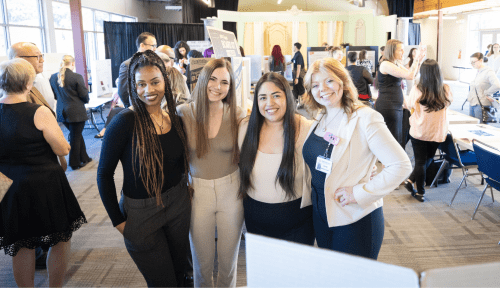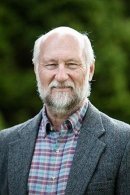Imbued with restless sentiments of anarchy and collectivism: Albert Johnson's war against radical aliens
Presenter: Christopher Henry
Abstract
In 1924, the United States Congress passed the most restrictive piece of immigration legislation in the country’s history. This law established a Northern European biased quota system and barred all immigration from Asia. The author and lead proponent of this law, Albert Johnson, harbored an intense fear and hatred of radical socialists and devoted a majority of his career to immigration restriction as a means of combating radicalism in the United States.
Research statement
By the 1920s, the United States was becoming divided between the dominant white, Anglo, Protestant middle and upper classes, and a rapidly growing foreign working class comprised of numerous ethnicities, religions, and cultural values. The advent of World War I, the call for total Americanism, and widespread, increasingly violent labor struggles brought national sentiments on nativism to a fever pitch. Increasingly restrictionist legislation followed, culminating in the 1924 Johnson and Reed Immigration Act. This blatantly racist law was designed to maintain the Northwest European racial dominance of America, and prevent socialist immigrants from entering the United States and possibly challenging American capitalism.
The legislation’s primary author and sponsor, Albert Johnson, was at the center of the immigration debate a decade before the bill’s passage. A lifelong newspaper man, Johnson resided in Hoquiam, Washington, and through his Daily Washingtonian built his nativist ideology largely on the labor activism of the Industrial Workers of the World operating in Hoquiam and Aberdeen. During this tumultuous period in the Twin Harbors, Johnson gained a reputation as a vehement anti-radical. Hatred of radicals and socialists formed the core of Johnson’s anti-immigrant ideology, and drove him to pursue the most restrictive immigration legislation in the nation’s history.
This research project brings to light the motives at the core of Johnson’s restrictionist policies. Numerous books, articles, and dissertations have been consulted, especially, John Higham’s “Strangers in the Land” as well as Johnson’s editorials and Congressional documents including a large online eugenics archive. The evidence appears to confirm the thesis that Johnson used racial and xenophobic arguments to eradicate a burgeoning socialist movement. Johnson’s editorials and speeches show prove him an enemy of socialism for whom ending immigration was the solution to class division and social unrest.



Rehearsal for reality and sexual harassment
Presenter: Olivia Baumgartner
Abstract
This presentation explores a study using Augusto Boal’s “rehearsal of reality” with women to increase confidence and preparedness for situations of sexual harassment. Women at Saint Martin’s University were given the opportunity to share experiences with sexual harassment. They acted out these experiences and explored alternative outcomes. This was followed by the opportunity to share how the workshop affected their confidence or preparedness. Responses were assessed to evaluate the change or increase in confidence and preparedness.
Research statement
Note: To see an example of a completed research statement, click on the tab for History.